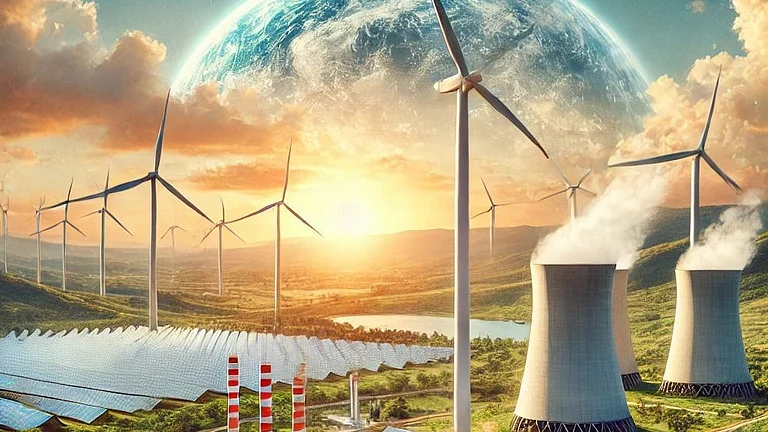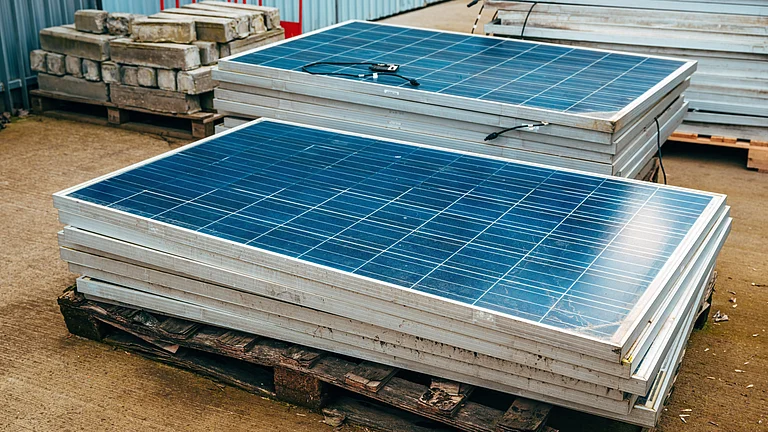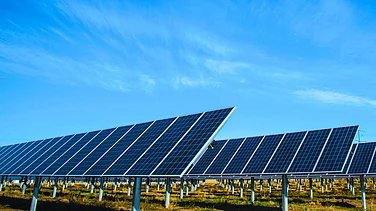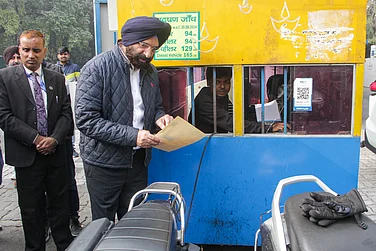India needs to triple its wind capacity to meet National Electricity Plan (NEP14) projections, which means it needs to build 75 GW of wind energy by FY 2032, according to a report titled Redirecting wind energy in India by global think tank Ember.
The report says that 21 Indian states have targets to contract more than 100 GW of wind capacity by 2030 to meet renewable purchase obligations and diversify their clean energy portfolio.
Electricity Policy Analyst of Ember Ruchita Shah says in the report, "Wind energy’s complementery with solar is crucial to addressing India's increasing clean energy needs during non-solar hours.”
The report also highlights the economic benefits of wind energy, such as creating green jobs and making India an export hub of wind turbines.
According to NITI Aayog's study, India currently exports wind energy-related components to Australia, Brazil, Europe, and the United States through roughly 17 domestic manufacturing companies.
As of March 2021, there were 25,500 workers in the wind energy sector; by 2030, that number is predicted to rise six times, per a CEEW study.
Presently, thermal power plants account for 80 per cent of India's non-solar hour energy demand, with green energy providing the remaining 19 per cent of demand during the day.
According to the study, wind power usually produces energy in the early morning and at night, which presents a tactical way to lessen dependency on thermal power.
The study also states that if India had met its 2022 wind energy targets of 60 GW, non-solar demand would have increased by 14.5 per cent.
The study emphasises that India's long-term energy security will depend on meeting the NEP14 target of 122 GW of wind energy by 2032.
The report also talks about the Renewable Purchase Obligation trajectory (RPO) was introduced in 2022, which allocated a specific portion to wind energy. This trajectory said that the wind RPO starting at 0.67 per cent will gradually reach 3.48 percent by 2030.






























